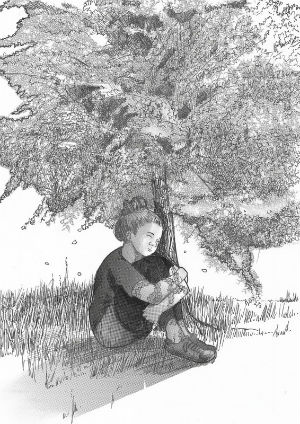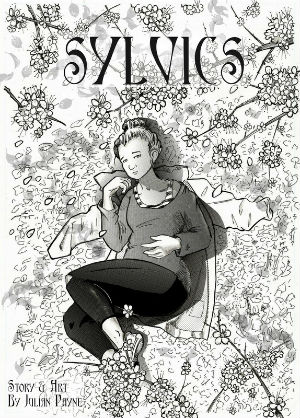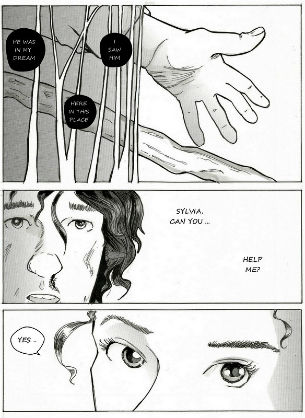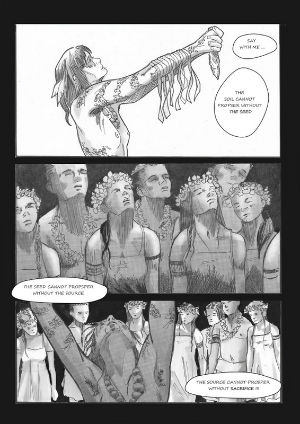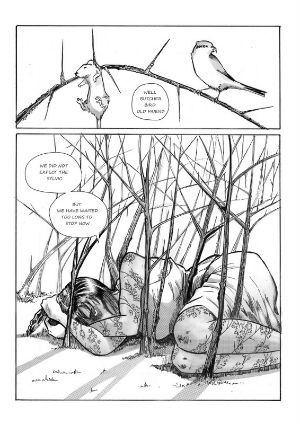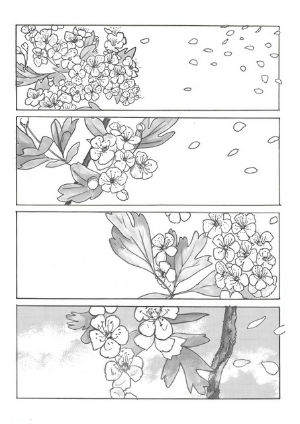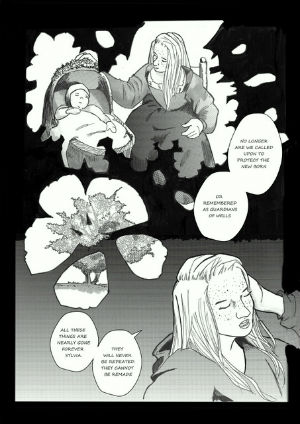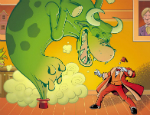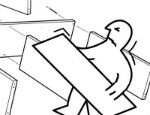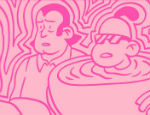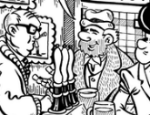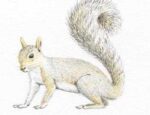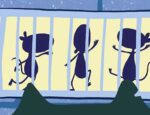What if trees walked among us in our hectic modern world? What would they care about? Ecological issues? Or saving hot boys? Sylvics explores some age old themes in some new and beautiful ways.
Sylvics, or silvics (both are correct) refers to the scientific study of the behaviour of trees in a forest setting. Silviculture is used by forestry specialists to cultivate ideal conditions for specific species of trees. Needless to say, in the UK, not a lot of trees benefit from such care and attention. Although echoes of our foresty past crop up now and again in British culture, the ecology of the country is such that we can only really imagine what the true forests of the past were like. We chopped them down, stripped them away, replaced them with pasture long before the cities sprawled as they do today. Trees though, we still have trees here and there about the place. You could say they’ve learned to accommodate our rural and urban sprawls, changing their spirit to fit with ours.
In Julian Payne’s new self-published graphic novel, a Sylvic is an entity created by the spirit of one tree (or possibly one whole species, I’m not sure) to bridge the gap between the trees and the people. Our appropriately named and appropriately oblivious heroine Sylvia begins to encounter such mystical characters after splitting up with her loser boyfriend at the beginning of the book. She’s drawn to the woods which are her happy place, but it’s not just hers and she’s soon drawn into a spiralling drama of violent flora. Oh and there’s a hot mystery boy, of course, Floris, whose life she gets to save.
The main tree spirits we meet are Hawthorn and Blackthorn. Young hawthorn leaves are good in a salad I’ve heard, sort of peppery. And Blackthorn, that’s where sloes come from, you know, for sloe gin? Both are popular hedging species and perhaps it is this boundary spirit that makes these two so quarrelsome in the book. Blackthorn is especially badass with her Kiss eye make-up and history of pagan sacrifice. The story reaches back from modern times to prehistoric and in between with good atmospheric synergy, the sense of history here within the present is well balanced. All of the tree spirits are female, so it’s a cast of strong women, which of course I’m in favour of, especially when they get to be a bit more sturdy than the typical willowy waif (excuse the pun). And when we meet Willow she’s not very waif like herself.
There’s a lot of potential in Sylvics, some clever and beautiful uses of the form. The natural shapes from the trees whose spirits populate the story are used to create effective hybrid page layouts and you can see how much love the author has for these woods. His observation of humans is a bit more hit and miss, some dodgy proportions here and there, which wouldn’t matter if the realism of the everyday weren’t an important part of the narrative. Where the story ranges in time or is more conceptual, the art is effective and atmospheric, and as I said before cannily inventive.
To begin with Sylvics feels a little bit amateur dramatics. If you were putting on an amateur play or making a low budget film then painting leaves on the skin of your human actors to mark them out as tree spirits would be a logical choice, but as Payne continues he seems to grow in confidence, realising that budget constraints needn’t limit the imagination in comics. I would like to see this story continue, there’s certainly the scope for more stories in these themes and characters and I hope the author continues to push himself to be adventurous with his visuals and characters.
Julian Payne (W/A) • Self-published
You can read Sylvics as a webcomic here or pick up the print version at Thought Bubble at Comixology Marquee table 150a.





